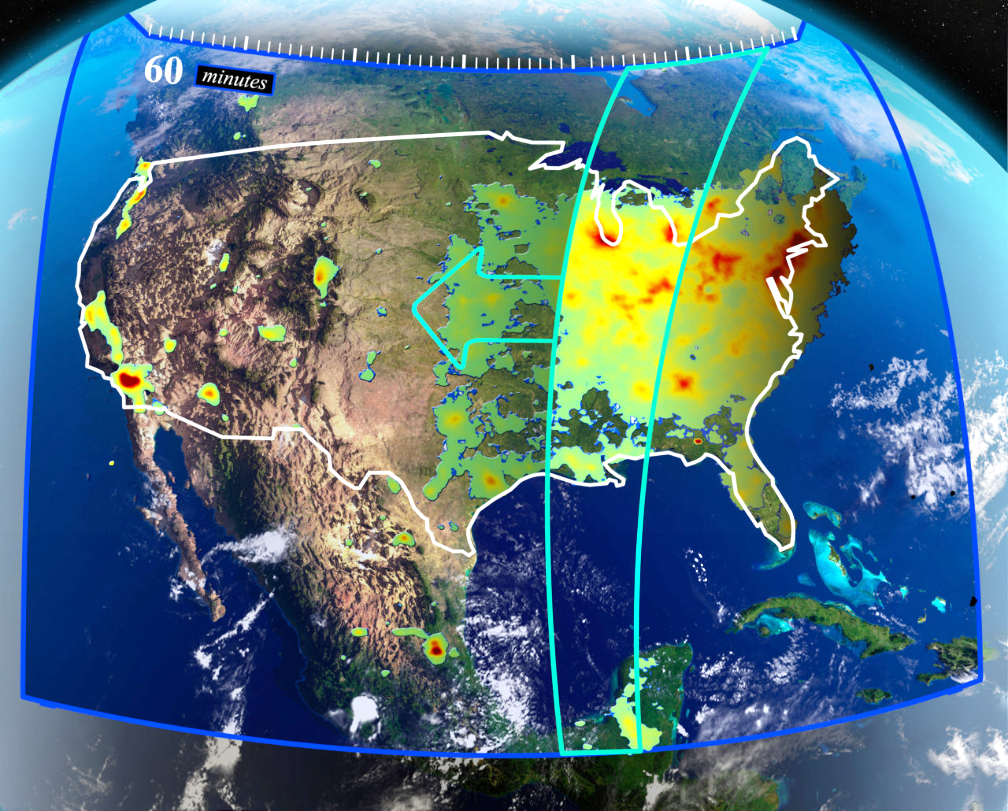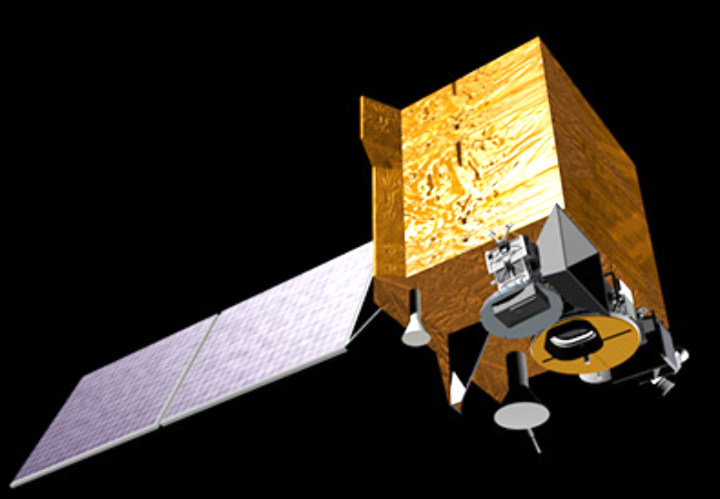
Ball Aerospace shipped NASA’s Tropospheric Emission: Monitoring of Pollution (TEMPO) spectrometer, an air quality monitoring instrument, to the spacecraft manufacturer (Maxar) for integration.
Ball will continue to work closely with NASA and the manufacturer to support spacecraft integration and testing. The TEMPO mission is scheduled to launch in 2022.

The imaging spectrometer, which senses ultraviolet and visible light, will make precise measurements of the key constituents of air pollution, including nitrogen dioxide, ozone, sulfur dioxide and other atmospheric pollutants that have the greatest impact on human health and agriculture productivity. Ball completed the TEMPO instrument in 2018, delivered it to NASA Langley Research Center after a successful final acceptance review and stored and maintained the instrument until the spacecraft was ready for integration.
Leveraging 40 years of heritage in EO instruments, Ball built the TEMPO instrument in tandem with the Geostationary Environmental Monitoring Spectrometer (GEMS), the Asian element of a global air quality monitoring constellation of geostationary satellites. GEMS launched in February 2020.

Ball is currently involved in several other space-based environmental science and monitoring missions such as developing the Ozone Mapping and Profiler Suite (OMPS) of hyperspectral instruments that measure the global distribution and vertical structure of ozone for NASA and NOAA missions. Ball is also building the advanced spectrometer instrument for MethaneSAT, which will locate and measure methane emissions around the globe.
“TEMPO is an apt name for this instrument, as it will make hourly daytime measurements of major air pollutants across North America,” said Dr. Makenzie Lystrup, vice president and general manager, Civil Space, Ball Aerospace. “This rapid tempo of measurements will advance our understanding pollution in the atmosphere – from Mexico City to Canada and from coast to coast.”
